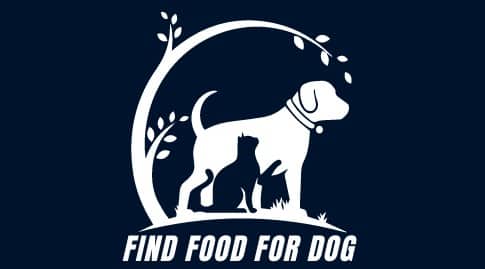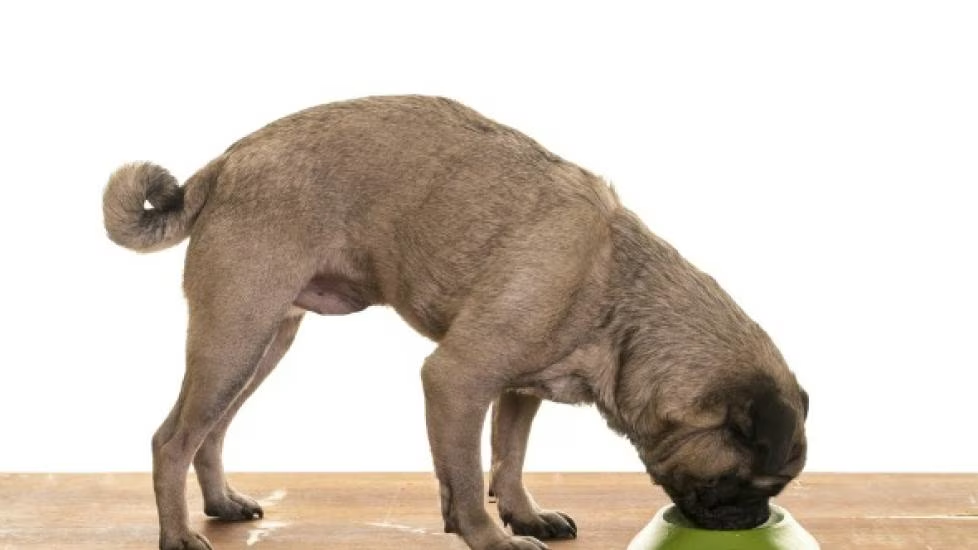As a pet parent, you’re probably always looking for the best ways to keep your furry friend happy, healthy, and full of energy. One crucial aspect of their well-being is ensuring they get the right nutrition, especially protein, which is essential for muscle development, energy, and overall health. If you’ve been wondering, “What dog food has the most protein?”—you’re in the right place. Let’s dive into everything you need to know about high-protein dog foods!
Why Is Protein Important for Dogs?

Protein plays a vital role in your dog’s diet. It’s made up of amino acids, which are the building blocks of your dog’s muscles, skin, hair, and organs. Here are a few reasons why protein is so crucial:
- Supports Muscle Growth and Maintenance: Especially important for active dogs and growing puppies.
- Boosts Energy: Protein provides a steady source of energy for your pup.
- Promotes a Healthy Coat and Skin: Protein contributes to shiny fur and healthy skin.
- Aids in Recovery: High-protein diets help dogs recover faster from illness or injury.
The amount of protein your dog needs depends on their age, breed, activity level, and overall health. For instance, working dogs, puppies, and nursing mothers typically require more protein than older or less active dogs.
What to Look for in High-Protein Dog Food

When searching for the best high-protein dog food, here are a few things to keep in mind:
- Check the Protein Source: Look for whole meats like chicken, beef, turkey, or fish as the primary ingredient. Avoid generic terms like “meat meal” without specifics.
- Protein Content: Dog food with 25-30% protein is considered high-protein. Some specialized formulas may go even higher.
- Balanced Nutrition: Protein is essential, but your dog’s food should also include healthy fats, carbohydrates, vitamins, and minerals for a complete diet.
- Avoid Fillers: Steer clear of foods loaded with fillers like corn, soy, or wheat, which add little nutritional value.
- Special Diets: If your dog has allergies or sensitivities, consider limited-ingredient or grain-free options with high protein.
Top High-Protein Dog Foods

Here are some top-rated high-protein dog foods available on the market:
- Orijen Original Dog Food
- Protein Content: 38%
- Key Ingredients: Free-run chicken, wild-caught fish, and cage-free eggs.
- Why It’s Great: Uses biologically appropriate ingredients to mimic a dog’s natural diet.
- Taste of the Wild High Prairie Canine Recipe
- Protein Content: 32%
- Key Ingredients: Roasted bison, roasted venison, and sweet potatoes.
- Why It’s Great: Grain-free and includes omega fatty acids for skin and coat health.
- Blue Buffalo Wilderness High-Protein Grain-Free
- Protein Content: 34%
- Key Ingredients: Deboned chicken, chicken meal, and fish meal.
- Why It’s Great: Packed with LifeSource Bits—a blend of antioxidants, vitamins, and minerals.
- Purina Pro Plan Sport Performance 30/20 Formula
- Protein Content: 30%
- Key Ingredients: Chicken, rice, and fish oil.
- Why It’s Great: Designed for active and sporting dogs needing sustained energy.
- Wellness CORE RawRev High-Protein Dog Food
- Protein Content: 37%
- Key Ingredients: Deboned turkey, chicken meal, and freeze-dried turkey.
- Why It’s Great: Combines high-protein kibble with pieces of raw meat for added nutrition.
FAQs About High-Protein Dog Food
Q: Can too much protein harm my dog?
A: While protein is essential, excessive amounts can strain the kidneys, especially in dogs with pre-existing kidney issues. Always consult your vet about your dog’s dietary needs.
Q: Is high-protein food suitable for all dogs?
A: Not necessarily. Puppies, working dogs, and nursing mothers benefit from high-protein diets. However, senior dogs or those with certain health conditions may need a moderate protein intake.
Q: How can I tell if my dog needs more protein?
A: Signs include lethargy, weight loss, poor coat quality, and slower recovery from illness or injury. If you’re unsure, consult your veterinarian.
Q: Are raw diets high in protein?
A: Yes, raw diets typically have high protein content since they focus on raw meats and organs. However, ensure they’re balanced and safe for your dog.
Q: Can I add extra protein to my dog’s diet?
A: Yes, lean meats like chicken or turkey, eggs, and certain fish can be added as treats or toppers. Avoid seasoning and always cook thoroughly to prevent bacterial infections.
Final Thoughts
Choosing the right high-protein dog food can make a world of difference in your pup’s health and happiness. Whether they’re a high-energy breed, a playful puppy, or a loyal senior, the right protein-rich food will keep them thriving. Always read the ingredient list, check for quality protein sources, and consult your vet for personalized advice.
Your furry friend deserves the best—so why not start with a bowl full of protein-packed goodness? Let us know which high-protein dog food works wonders for your pet in the comments below!














